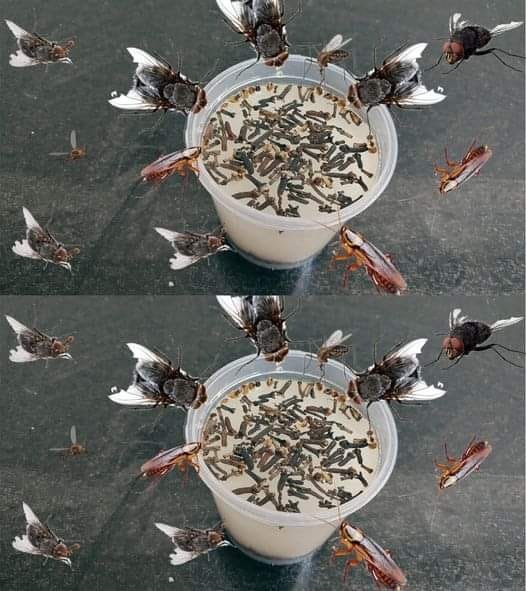Half a Billion People Eat This Deadly Food Every Year — Here’s Why
It may come as a shock, but one of the world’s most widely consumed staple foods is also among the most dangerous. Despite claiming the lives of roughly 200 people annually, cassava is eaten by nearly 500 million people around the globe.
What Is Cassava?
Cassava, also known as yuca or manioc, is a starchy root vegetable that grows mainly in South America, Africa, and Asia. It’s a dietary staple for many and is valued for its resilience, especially in areas where food security is a concern.
But here’s the catch: parts of the cassava plant are toxic.
Why Cassava Can Be Deadly
Cassava naturally contains cyanogenic glucosides, compounds that can produce hydrogen cyanide when the plant is improperly prepared. The stems, leaves, and peel are especially dangerous if eaten raw or processed incorrectly.
According to the World Health Organization (WHO):
“Cassava tubers contain a varying quantity of cyanogenic glucosides which protect the root against attack by animals and insects. Appropriate processing before consumption can reduce cyanogenic glucoside content… When high-cyanide cassava is not processed correctly, high dietary cyanide exposure occurs.”
The Human Cost
While cassava feeds millions, improper preparation—especially during times of famine, conflict, or extreme poverty—can lead to cyanide poisoning.
Each year, around 200 people die as a result of consuming poorly processed cassava. In addition to acute poisoning, long-term exposure can cause serious health conditions such as:
Konzo: A neurological disease causing irreversible paralysis, typically affecting children and women. It is directly linked to eating bitter cassava with inadequate protein intake.
WHO notes that konzo primarily occurs in poor, rural communities where proper food processing isn’t always possible.
How to Make Cassava Safe
Please Head On keep on Reading (>)







